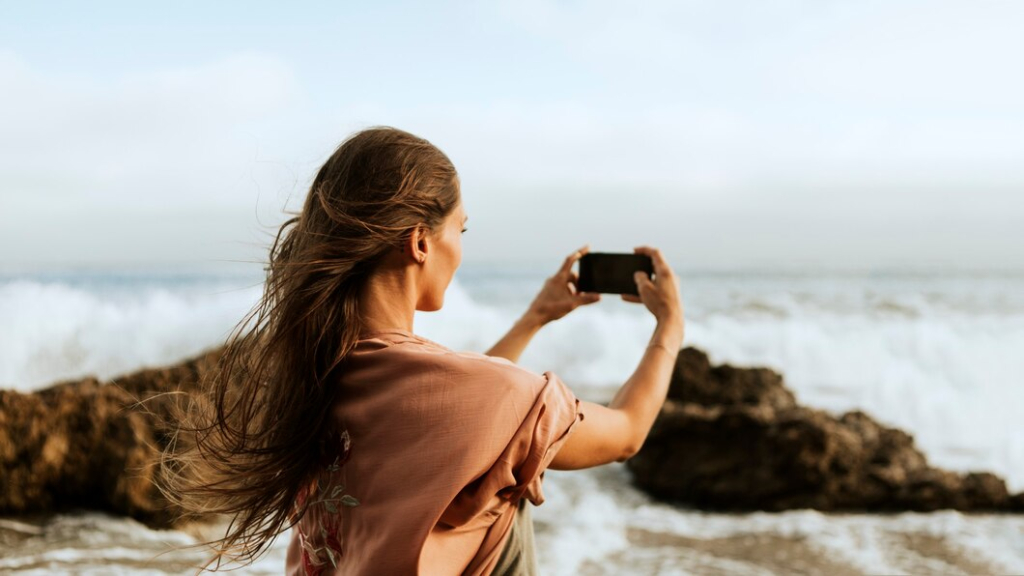
Beach Photography
Imagine this: the sun-kissed sand between your toes, the rhythmic crash of waves, and the carefree laughter of loved ones (or maybe just the sound of your joyful spirit!).
Summer at the beach is a sensory feast, a chance to unwind and reconnect with the beauty of nature.
And what better way to preserve these precious memories than with stunning beach photos that scream “summer vibes” on your Instagram feed?

Whether you are planning a heartwarming family beach photoshoot filled with playful splashes and sandcastle building or a solo adventure seeking serenity and stunning landscapes, this comprehensive guide equips you with the secrets to transforming your beach snaps into envy-worthy masterpieces.
Get ready to transform your next beach trip into an epic photoshoot adventure, capturing the essence of summer in every frame!
Why Beach Photos are the Undisputed Kings (and Queens) of Summer Instagram
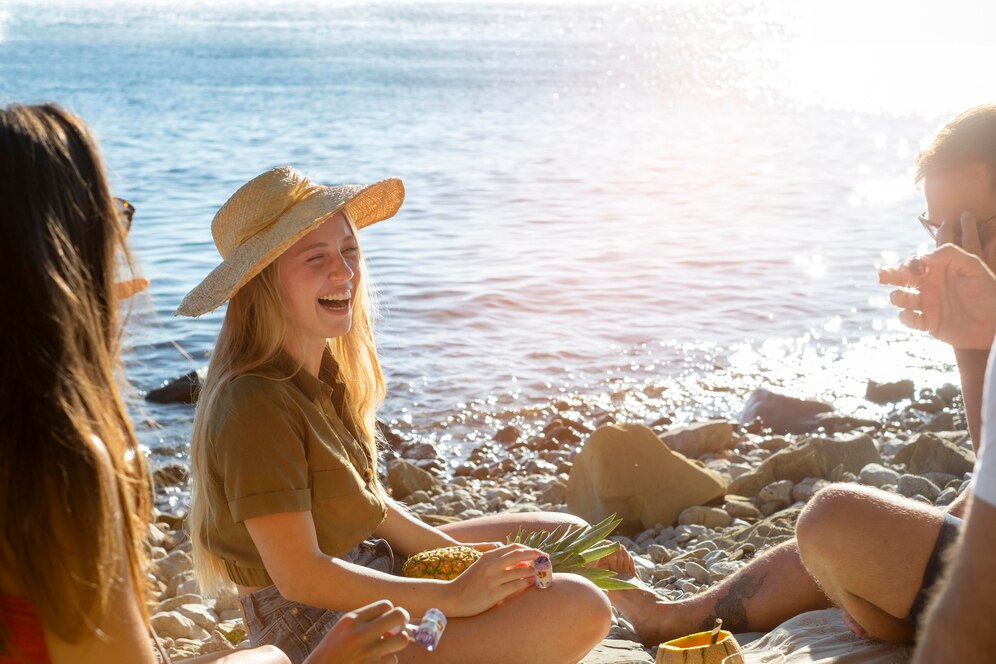
Beach photos aren’t just a trend; they’re a timeless embodiment of summer’s essence. They exude a vibrant, laid-back energy that instantly transports viewers to a state of pure bliss.
Imagine scrolling through your feed and encountering breathtaking beachscapes bathed in golden light, playful family moments splashing in the surf, or a friend striking a pose with a surfboard against a dramatic sunset backdrop.
Beach photos offer a treasure trove of visual storytelling that captures the carefree spirit of summer.
Gearing Up for Beachside Photography Magic
Camera Choices
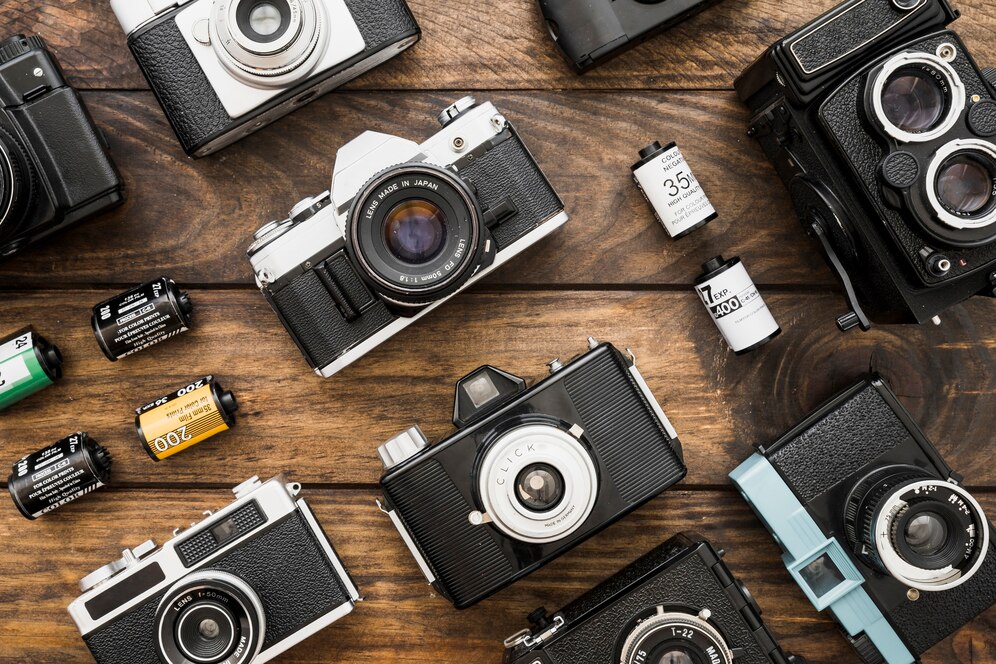
While professional DSLRs and mirrorless cameras offer ultimate control, don’t underestimate the power of your smartphone!
Many high-end phones are equipped with impressive cameras capable of capturing stunning beach scenes.
Lens Essentials
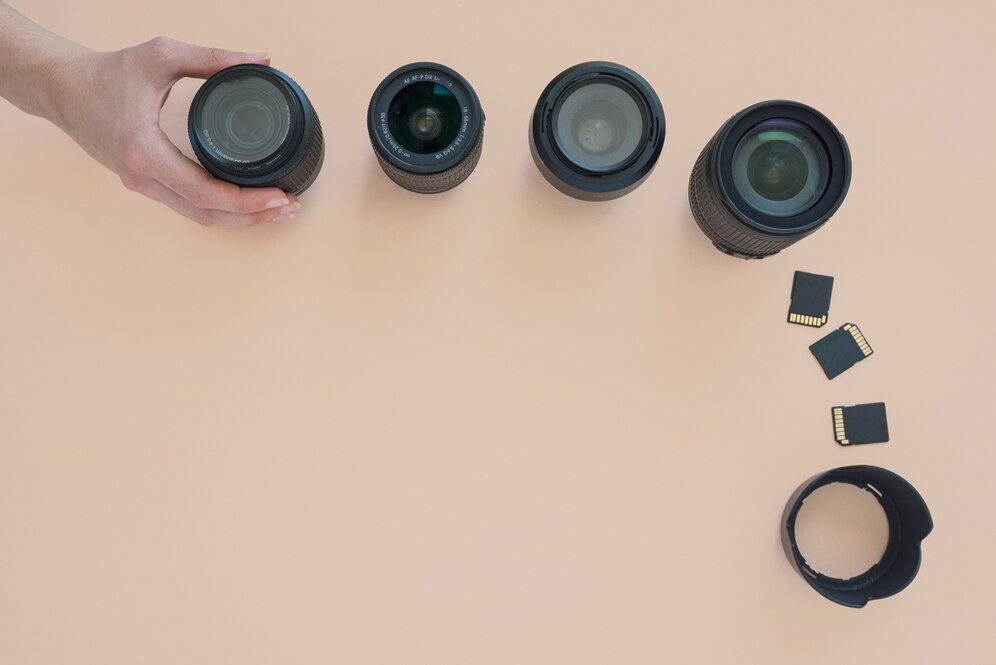
For expansive beachscapes that capture the vastness of the ocean and sky, a wide-angle lens is your best friend.
If you’re drawn to capturing surfers riding waves or interesting rock formations in the distance, a telephoto lens allows you to zoom in for tighter shots.
Beach-Ready Accessories
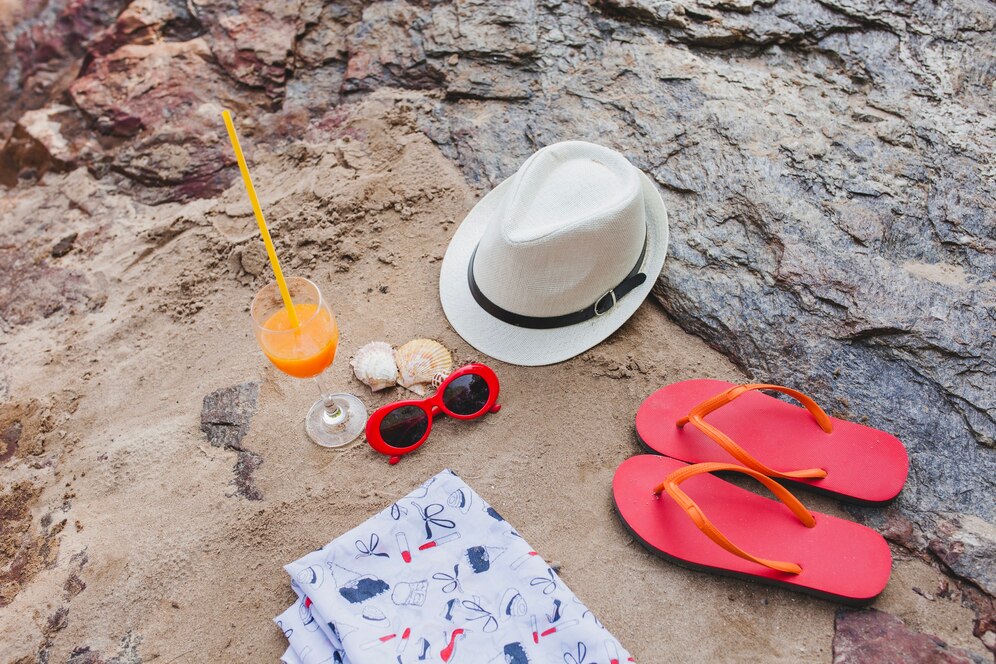
A sturdy tripod ensures sharp photos, especially during golden hours when natural light becomes softer.
While you’re at it, consider grabbing a polarizing filter to reduce glare and enhance the vibrant colors of the beach scene.
And if you’re feeling adventurous, a waterproof case opens the door to captivating underwater photography – capturing the playful dance of fish or the mesmerizing textures of coral reefs.
Mastering the Art of Beach Photography: Tips and Tricks
Timing is Crucial

The golden hours, just after sunrise or before sunset, bathe the beach in a warm, soft light that photographers dream of.
However, early mornings and late afternoons offer beautiful diffused light too, perfect for capturing those dreamy beach portraits.
Crafting Compelling Compositions
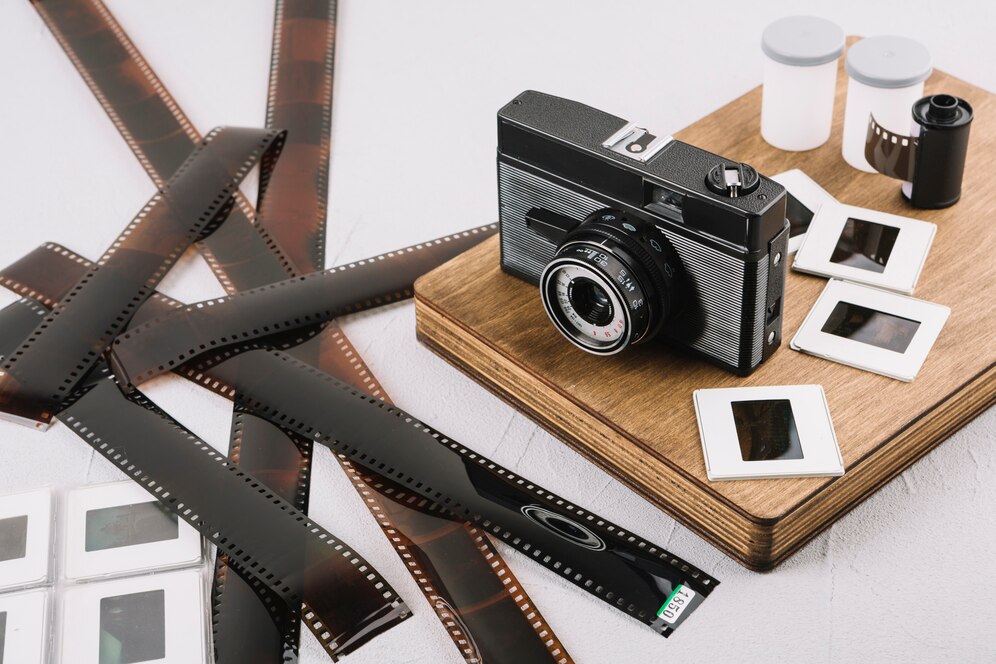
The rule of thirds is your golden rule! Imagine dividing your frame into a 3×3 grid.
Place your subject (or interesting focal point, like a lone seashell or a vibrant beach umbrella) at one of the intersecting points for a balanced composition.
Play with perspective by getting low to the ground for a dramatic view of the crashing waves, or climb a rock formation for a breathtaking panoramic shot.
Leading lines, such as receding waves or the footprints you leave in the sand, can draw viewers’ eyes deeper into the scene.
Harnessing Nature’s Beauty
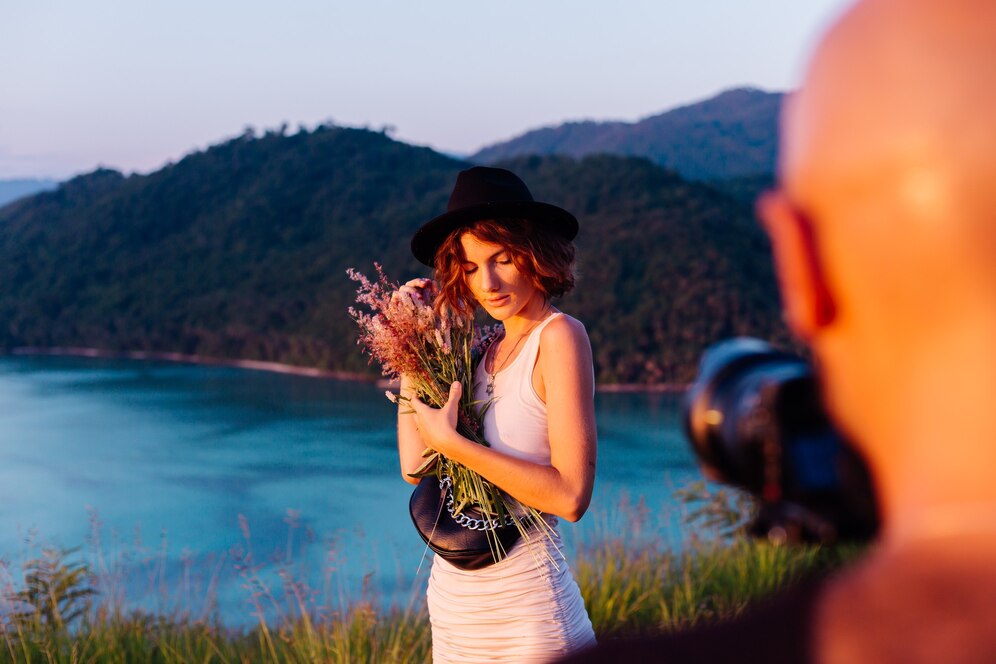
Don’t just focus on the vast ocean! Reflecting pools of water can create stunning symmetrical compositions.
Look for interesting textures in the sand, seashells, and rocks to add visual interest to your photos. Leverage clouds and sunlight for dramatic effects.
Imagine capturing a dramatic storm brewing over the horizon, or the sun peeking through wispy clouds, casting a soft glow on the beach.
Capturing People on the Beach

Let your subjects relax and interact naturally. Candid moments of laughter and genuine connection are often the most captivating.
Encourage playful interactions with props like beach balls or surfboards to add a touch of fun to your family beach photos.
Beach Photography Settings 101: Demystifying Manual Mode
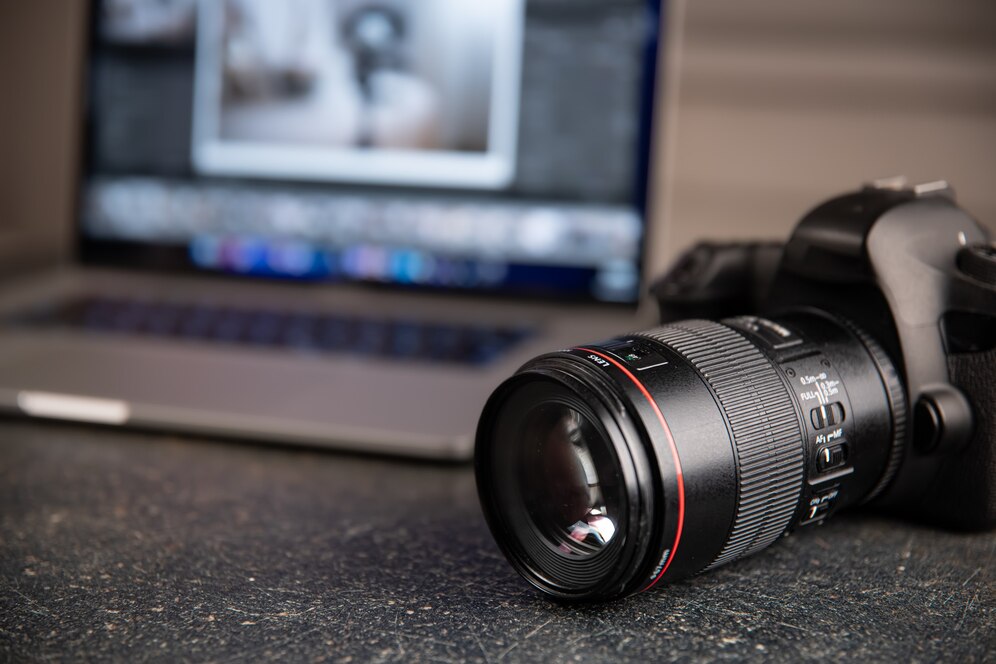
Even the most beautiful beach can present challenges. The harsh midday sun can lead to overexposed photos with washed-out colors.
But fear not, intrepid photographer! Here are some battle tactics to ensure your beach photos stay picture-perfect:
Neutral Density Filters to the Rescue
These handy filters act like sunglasses for your camera lens, reducing the amount of light entering and allowing you to use wider apertures or slower shutter speeds even under bright sunlight.
This translates to photos with richer colors and a more balanced exposure.
Exposure Compensation is Your Friend
Most cameras have an exposure compensation setting that allows you to adjust the overall brightness of your photo.
Experiment with slightly underexposing your shots (making them a bit darker) to retain details in the highlights (the brightest areas of your photo, like the sky).
You can always brighten them up slightly during post-processing.
Embrace the Shade
While golden hour light is ideal, don’t be afraid to seek out pockets of shade during the peak sun hours. This can create a softer, more diffused light that’s flattering for portraits and beach scenes.
Taking Control with Manual Mode
If you’re ready to take your beach photography to the next level, consider venturing into manual mode.
This gives you complete control over your camera’s settings, allowing you to fine-tune your photos for optimal results. Here’s a quick breakdown of key settings:
Aperture: A larger aperture (lower f-number) creates a shallow depth of field, ideal for blurring the background and emphasizing your subject in beach portraits.
Shutter Speed: A slower shutter speed is great for capturing smooth, silky water effects, especially during golden hour when the waves are calm.
A faster shutter speed freezes action shots, perfect for capturing those playful splashes during a beach volleyball game.
ISO: Think of ISO as sensitivity to light. Use the lowest ISO possible to minimize grain (noise) in your photos, especially on bright beach days.
White Balance: Adjust white balance for beach scenes to ensure accurate color representation. This will prevent your photos from appearing too blue or too yellow.
While automatic modes can be helpful, understanding these manual settings unlocks a world of creative possibilities in your beach photography!
The Perfect Beach Photo

With these tips and tricks under your belt, you’re well on your way to becoming a beach photography pro.
Remember, the perfect beach photo isn’t just about capturing the flawless composition or the ideal lighting (although those elements definitely help!).
The perfect beach photo is the one that captures the essence of your experience – the joy of splashing with your family, the thrill of conquering a wave, or the quiet peace of a sunrise stroll along the shore.
It’s a visual representation of a happy memory, a moment in time you can revisit and cherish forever.
So, grab your camera (or phone!), head to the beach, and start creating! Let the sound of the waves be your soundtrack, the sun be your filter, and the joy of summer be your inspiration. Happy snapping!

Celebrate Life’s Milestones in Camella!
Make unforgettable memories in a Camella home.
Our communities are designed to elevate your living experience.


